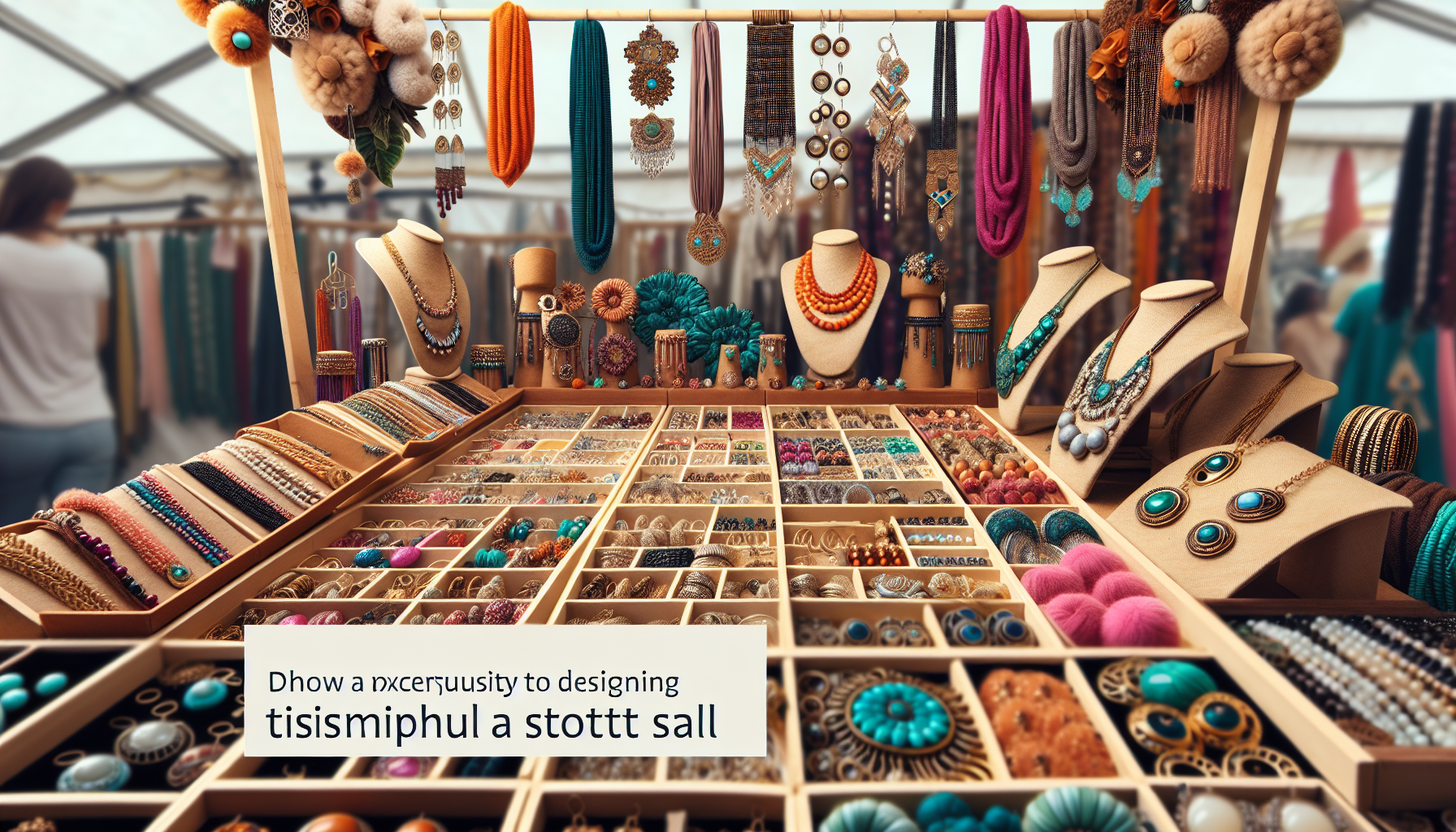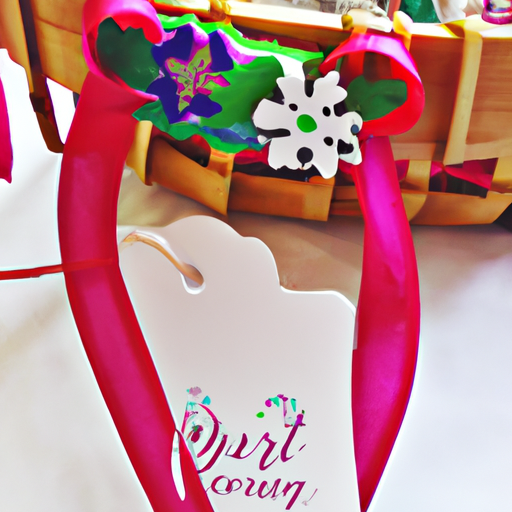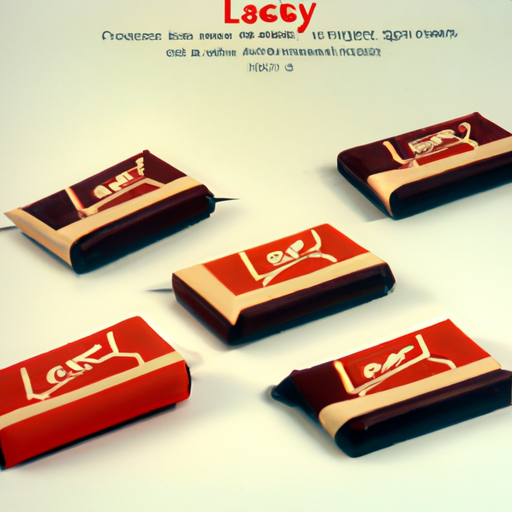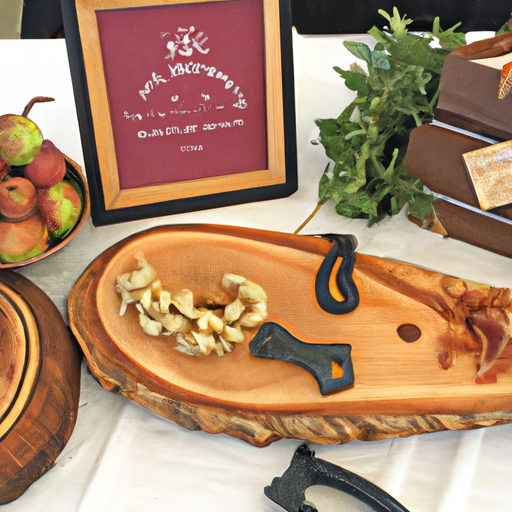Are you an artisan looking to showcase your work at a craft fair? Easy Sunday Club has got you covered with their video providing tips for a successful booth at craft fairs. In this informative video, they cover topics such as stocking inventory, booth display, payment methods, collecting emails, and sales techniques. With Cathy, a self-taught watercolor artist, and her husband Nam leading the way, Easy Sunday Club offers not only watercolor tutorials and product reviews but also valuable business advice for fellow artisans. Plus, they provide affiliate links in the video description to support their channel and offer free educational content. Join them as they share their expertise!
Becoming a vendor at a local arts and craft fair allows artisans to showcase their work in person, providing face-to-face interaction with customers and real-time feedback. These events are ideal for testing new products, as the results are more reliable compared to online selling. However, preparing for these fairs can be stressful, especially for beginners. Easy Sunday Club has you covered with their practical tips that include determining what products to stock, creating an inviting booth display, offering various payment methods, collecting emails for marketing purposes, and engaging with customers through sales techniques. With their advice, you’ll be well-prepared for your first craft fair and ready to succeed. Get started with Easy Sunday Club’s video to make your booth the highlight at craft fairs!
Stocking Inventory
When preparing for a craft fair, it’s crucial to research current best sellers. This information can come from your previous online or retail sales. Take a look at what products have been popular and have sold well in the past. While it’s not guaranteed that your best online sellers will be the best sellers in person, it’s a safe starting point.
If you don’t have enough online sales data, treat the craft fair as an experiment. Your goal for your first fair is not necessarily to maximize sales, but rather to test if people are willing to pay for your products at the current price point. This event will give you valuable customer validation and help you identify your best sellers.
It’s worth noting that certain products, such as greeting cards, tend to sell better in person than online due to their lower price point and impulse purchase nature. To attract customers, consider offering bundles and discounts. This can be as simple as a “buy one, get one free” deal or offering a discount for purchasing multiple items. Keep in mind not to overwhelm customers with too many offers at once, as this can create analysis paralysis.
When allocating stock, a good rule of thumb is to follow the 50-50 rule. Allocate 50% of your stock to your top three to five best sellers, and spread the remaining 50% across other items that may not have a sales record or older items that aren’t selling as well. It’s essential to remember that it may take a few attempts to get the stocking right, so use this as a starting point and continue to tweak and optimize based on your own experience.
Lastly, it’s helpful to keep access inventory in your car for easy restocking during the event. If something sells better than expected or runs out quickly, you can easily replenish your booth. Additionally, if your event spans multiple days, you have the opportunity to restock after the first day if certain items are selling faster than anticipated.
Booth Display
An enticing booth display is crucial for attracting potential customers. While it may be tempting to showcase all your products, it’s essential to keep the display simple and inviting. Remember, less is often more when it comes to creating visual appeal.
Avoid visual clutter by showcasing fewer items. Instead of overwhelming customers with a large array of products, strategically choose a few key pieces that will capture their attention. Consider placing your best sellers in prominent spots, such as near the entrance to your booth. This gives customers an immediate visual impact and increases the chances of them stopping by to make a purchase.
Keep track of what isn’t selling during the event. If an item that takes up prime real estate in your booth isn’t generating sales after a few hours, it’s time to replace it with something else. The great thing about setting up a booth is that nothing is permanent. You can always move things around and optimize the layout throughout the day based on customer response.
Remember to maintain a clean and organized display. You want your booth to look tidy and visually appealing. Take the time to arrange your products in an aesthetically pleasing manner, paying attention to spacing and overall composition. The goal is to provide a visually inviting experience that will draw customers in.
Payment Methods
Having multiple forms of payment available is essential for accommodating customers’ preferences. While we are becoming a more cashless society, it’s still wise to keep a small amount of cash on hand, including fives, ones, and tens. Some customers may prefer to pay in cash, so it’s essential to be prepared.
Invest in a card reader that syncs with your online store. This ensures that your inventory remains up-to-date in real-time, reducing the risk of selling out of a product. Platforms like Shopify offer card readers that seamlessly integrate with their point of sale (POS) system.
If you’re working the craft fair with someone else, consider each having your own card reader assigned to your phone. This allows for flexibility when taking breaks and ensures that transactions can continue smoothly.
Additionally, familiarize yourself with payment apps such as Venmo, Cash App, and PayPal. These apps have become increasingly popular, and some customers may prefer to make payments using them. By offering a variety of payment options, you create a more inclusive and convenient experience for customers.
Collecting Emails
Collecting customer emails at craft fairs can be a powerful marketing strategy. It allows you to directly communicate and build relationships with your customers. When customers provide their email addresses, they are signaling their interest in hearing from you and potentially making future purchases.
To encourage customers to provide their email addresses, offer incentives for signing up. This could be a discount or special offer exclusive to those who join your email list. Make sure to communicate the value they will receive by being on your list, such as early access to new products, exclusive promotions, or behind-the-scenes updates.
Building relationships with customers goes beyond collecting emails. Take the time to engage with customers during the craft fair. Ask them about their interests and preferences, and provide personalized recommendations based on their responses. Making a genuine connection with customers can go a long way in fostering loyalty and repeat business.
Sales Techniques
When interacting with customers, it’s important to strike a balance between being approachable and not being pushy. Allow customers to browse your products at their own pace, but be readily available to answer any questions they may have.
Engage customers with the story behind your art. Share the inspiration and creative process behind your pieces. This personal touch not only adds value to your work but also creates an emotional connection with potential buyers.
Don’t be afraid to experiment and learn from failures. Finding the right sales techniques and approaches takes time and practice. Some strategies may work better for you than others, and that’s okay. Be open to trying new approaches and adjusting your interactions based on customer feedback.
Exceptional customer service should always be a priority. Go above and beyond to provide outstanding service and ensure customer satisfaction. This can include offering free shipping codes for out-of-stock items, addressing any concerns or issues promptly, and showing gratitude for each purchase. Remember, building a positive reputation and word-of-mouth referrals are essential for long-term success.
Conclusion
Preparing for your first craft fair may feel overwhelming, but with proper planning and execution, it can be a rewarding experience. Use craft fairs as an opportunity to test new products, connect with customers face-to-face, and gain valuable feedback.
Take the time to stock your inventory wisely by researching current best sellers and offering attractive bundles and discounts. Pay attention to your booth display, keeping it simple and inviting while showcasing your top products. Provide multiple forms of payment and collect customer emails to expand your marketing reach and build relationships.
Utilize your sales techniques to engage customers with your art story, experiment with different approaches, and always prioritize exceptional customer service. Lastly, remember that preparation is key, and craft fairs offer a unique opportunity for in-person interaction and relationship-building.
By following these tips, you’ll be well on your way to a successful craft fair experience. Good luck!



